What if instead of trying to cajole children to clean up and come to snack we offered them the opportunity to come to the snack table throughout a 1- hour center time?
What if instead of trying to distract or reprimand young children who want to climb and touch and move we revamped classrooms so they could climb and touch and move throughout the day?
(Especially the 0-3 year olds - they don’t call it the sensorimotor period for nothing!)
What if when children got restless, distracted, wiggly or downright disruptive at large group time you shut the book about apples and hit play on your best and most reliably engaging movement and music?
What if you actually had real planning time and time to meet with coworkers to discuss children and what to do about challenging behavior?
I’m talking grown up chairs, good lighting, and enough time to do justice to these important parts of your job.
Sometimes the answers to challenges and problems are simple.
Perhaps staring us in the face.
Clearly part of the solution to teacher frustration, stress and burnout is time out of ratio to get critically important things done…yet most of our early childhood programs are still pretending that planning can be done during nap time.
The solution is simple: get teachers out of ratio and out of the classroom so they have time for paperwork, assessments, planning, meeting with one another, writing communications for families, and all the other tasks that really can’t and shouldn’t be done with children in the midst.
Yet, many programs are still operating like we did before the days of mountains of paperwork and assessments…and even then planning on little chairs in the dark using hushed voices while also reminding children to stay on their cots was NEVER a good idea.
Now, when I say “simple” don’t get it twisted: I didn’t say easy.
But we CAN shift away from doing things just because “it's the way we’ve always done it”.
…sometimes that takes a decent amount of creativity, planning, flexibility and determination but the change itself is simple.
But just as frequently making simple yet powerful changes is easier than we think.
And, often simple changes can yield a powerful result.
In next week’s blog I’ll share some examples of how simple yet powerful changes can prevent or quickly de-escalate challenging behaviors in early childhood classrooms.
In the meantime, let me know IN THE COMMENTS an example of a simple yet powerful change you’ve made.

